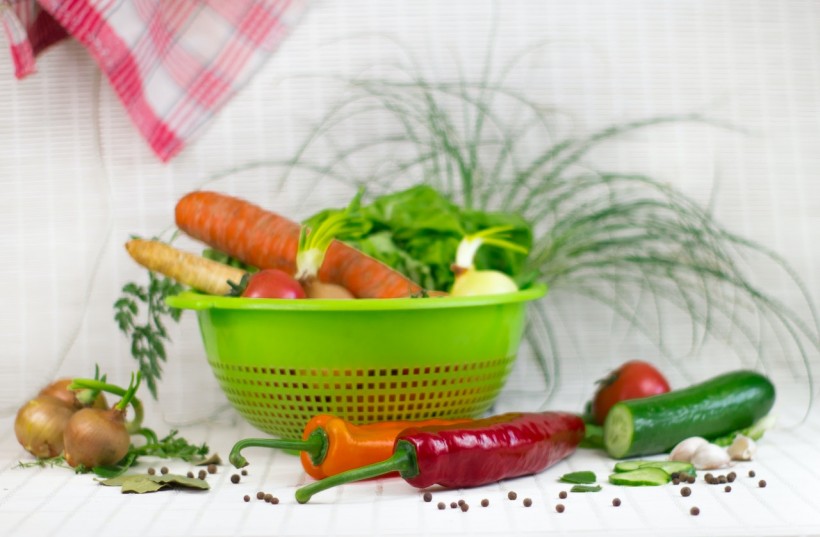Regarding weight loss, the primary goal is to burn more calories than a person consumes. Just recently, some people have gained the attention of negative-calorie foods due to the idea that they can be consumed as much as a person wants without the risk of gaining weight.

What is Calorie?
Food provides the body with various nutrients, including the main categories where energy is stored in calories: carbohydrates, fats, and proteins. A person's body needs to expend energy to help digest and process any food they eat.
Calorie refers to a unit used to measure the amount of energy contained in a food or drink. This energy is needed by the body to work correctly.
The calorie information is given in kilocalories (kcal). Ideally, an average man needs 2,500 kcal daily, while an average woman needs 2,000 kcal daily. This daily calorie requirement might differ based on a person's age, weight, height, and daily activities.
To maintain a person's weight, the calories used by their bodies should be the same as the number of calories taken from food and drinks. An imbalance in calorie input and output can change a person's weight. For instance, people are likely to lose weight if they eat and drink more calories than their body uses, as the extra energy is stored as fat. On the other hand, a person is likely to lose weight if they eat or drink fewer calories than they use since their body uses its stored fat for energy.
Do Negative-Calorie Foods Exist?
Negative-calorie food refers to food that takes more calories to ingest, digest, and process than it naturally contains and gives to a person's body. In short, digesting them burns more calories than they have. According to registered dietitian Antigone Senn from Henry Ford Health, the reality of negative-calorie food is more complex.
Some foods that are promoted as having negative calories are fruits and vegetables with high water content. Most of them are composed of carbohydrates with very little fat or protein. Specific examples include carrots, tomatoes, watermelon, apples, grapefruit, and broccoli.
Digesting food and absorbing the nutrients they contain account for almost 10% of the energy a person expends in a day. Very low-calorie foods, such as cucumbers, iceberg lettuce, celery, and leafy greens, offer small calories yet still require energy to digest.
Based on that equation, low-calorie, high-fiber foods will lead to a calorie deficit. However, there is no scientific data to support this theory. Aside from it, foods under this category are made mostly of water, so they do not require a lot of energy to digest and process.
Whether or not these non-starchy vegetables fall under negative-calorie food or not, Senn advises a better choice for weight management. He describes that many fruits and vegetables are very low in calories but are also packed with fiber and water, filling a person up.
Even though negative-calorie foods do not exist, many foods grouped under this category are still very nutritious. Since they have low-calorie and high-water contents, they can still be eaten in a reasonably large amount without consuming too many calories.
RELATED ARTICLE: Healthy Eating Tips and Tricks: Try This Low-Calorie Rice
Check out more news and information on Calorie in Science Times.




![Earth's Quasi-Moon Kamo‘oalewa Could Originate From Lunar Surface Not Asteroid Belt [Study]](https://1721181113.rsc.cdn77.org/data/thumbs/full/53275/89/56/50/40/earths-quasi-moon-kamo-oalewa-could-originate-from-lunar-surface-not-asteroid-belt-study.png)









